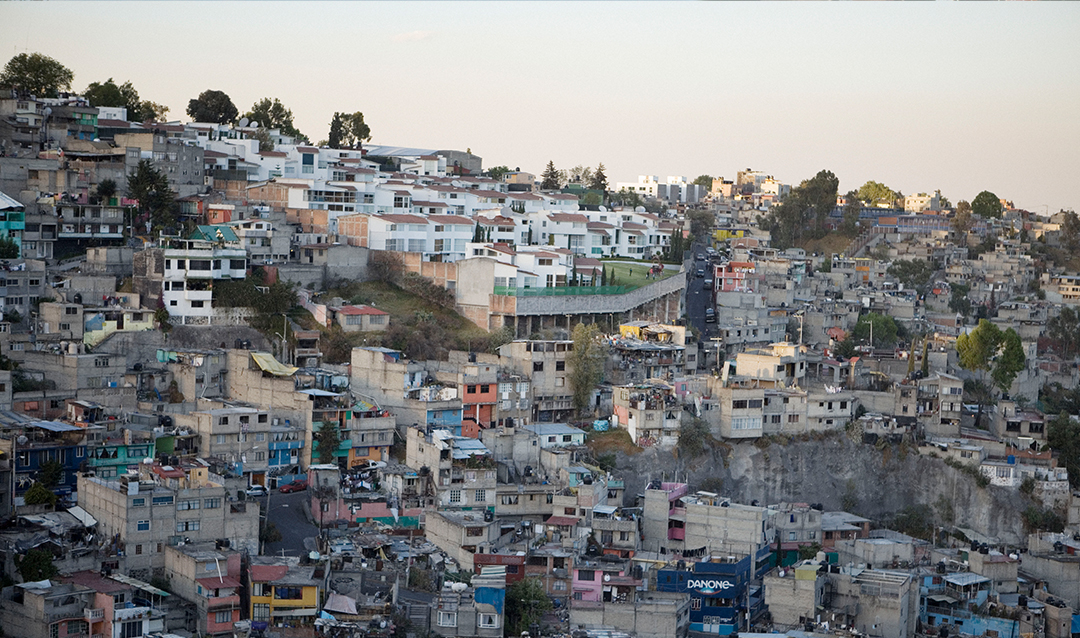Researchers have long studied class inequalities from the perspectives and social conditions of the poor. Hugo Cerón-Anaya has reversed the typical analysis by looking at upper classes.
How is inequality understood from the point of view of wealthy individuals? Cerón-Anaya, an assistant professor of sociology, traveled to upscale golf clubs in Mexico City to find out. He conducted ethnographic research, observing how people behave in golf clubs, while interviewing club members, golf instructors, journalists and caddies to understand how people talk about and perceive class inequalities.
His book, Privilege at Play: Class, Race, Gender, and Golf in Mexico, aims to "explain why highly affluent people have a hard time understanding the struggles of working-class people," he says. He contrasts golfers at three highly exclusive clubs in the capital with workers—mainly caddies—to show how affluent members of society are unable to understand the decisions of the working classes.
Cerón-Anaya selected golf clubs because of the privileged condition the sport possesses in Mexico. Unlike the United States, Mexico has only private clubs. Memberships in the city range from about $7,000 to $150,000. In a country where half of the population lives below the poverty line, and where the salaries of workers are the lowest of any other member states of the Organization for Economic Co-operation and Development (OECD), golf clubs are strategic sites to observe class interactions and ask questions about social inequalities.
“Why, despite the abundance of caddies and the amazing playing skills some of them have, is no Mexican caddy playing in top leagues in the United States or Europe?” Cerón-Anaya asked club members.
Cerón-Anaya explains he was interested in the wealthy’s perceptions about workers, not professional golf. Instead of asking them why the workers were poor, he asked why they weren’t professional players, which helped filter their perceptions of poor people.
Club members used arguments about caddies’ laziness and lack of ambition in life to justify class inequalities. However, Cerón-Anaya indicates, “the empirical evidence collected shows otherwise.” Poor workers noted severe economic barriers and limited financial support to launch a career as a professional golfer.
Cerón-Anaya uses ethnographic evidence to demonstrate how the spatial and architectural organization of golf clubs keeps caddies hidden from golfers. Trees, bushes and fences prevent club members from seeing caddies as they patiently wait hours, or sometimes days, for their turn to work on the course.
“The waiting time is never paid,” he explains. “Caddies only earn a wage and tip when they go to the course to assist players. Therefore once you hide [caddies], club members can reproduce narratives about the laziness and lack of ambition in the life of these workers.”
The analysis of class relations in highly affluent settings permitted Cerón-Anaya to open up a new line of research about the convergence of class and racial dynamics in Mexico.
“Wealthy people constantly hide racial arguments behind class metaphors,” he notes. “Golfers justify the impoverished condition of workers on class myths as well as using quasi-biological arguments, something very similar to racial perceptions in the United States.”
This finding is particularly salient in a national context in which people think that a long history of mestizaje (mixed race) has made all sorts of racial distinctions disappear, Cerón-Anaya emphasizes.
"I want my book to shift people’s perceptions about social inequalities, making people think about the close relationship that poverty and privilege maintain,” he says.





